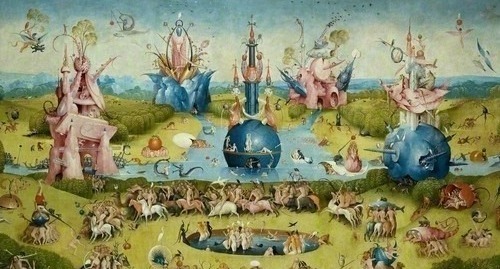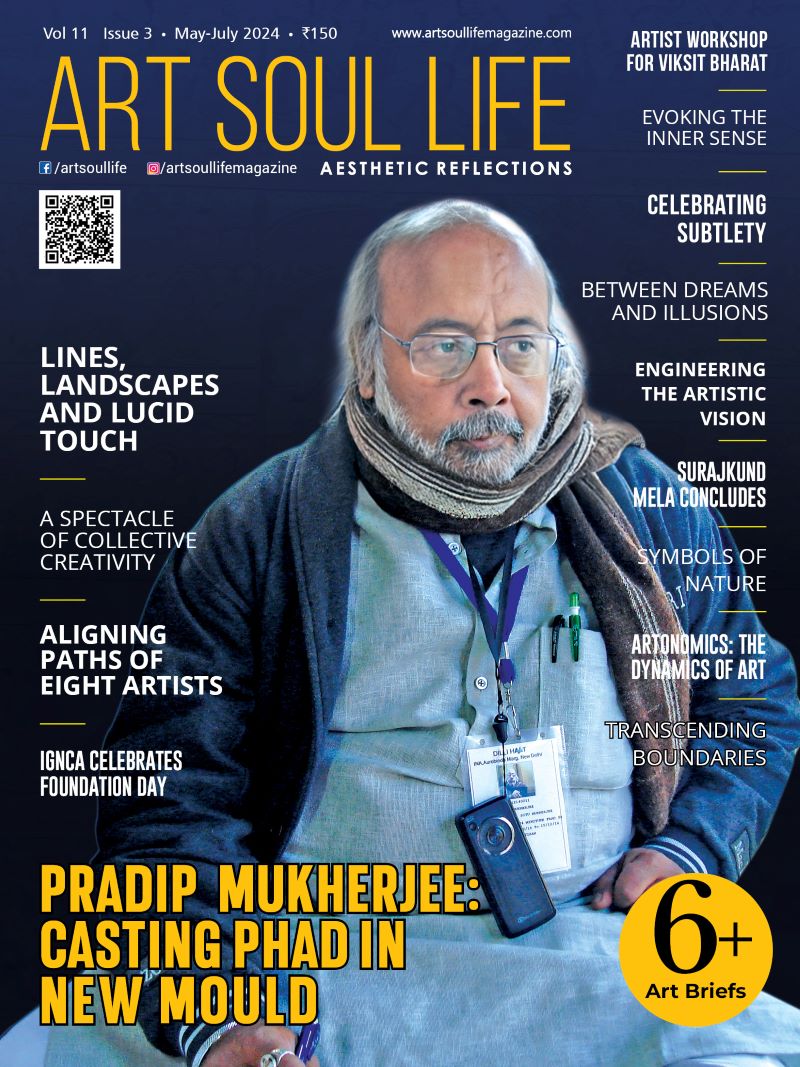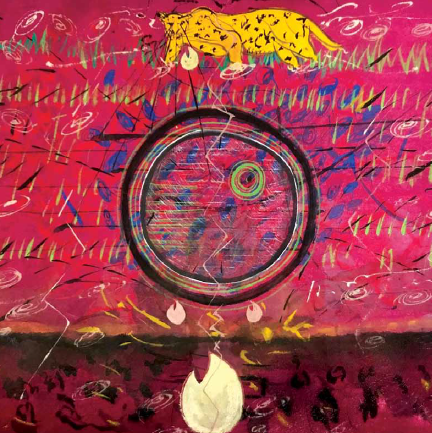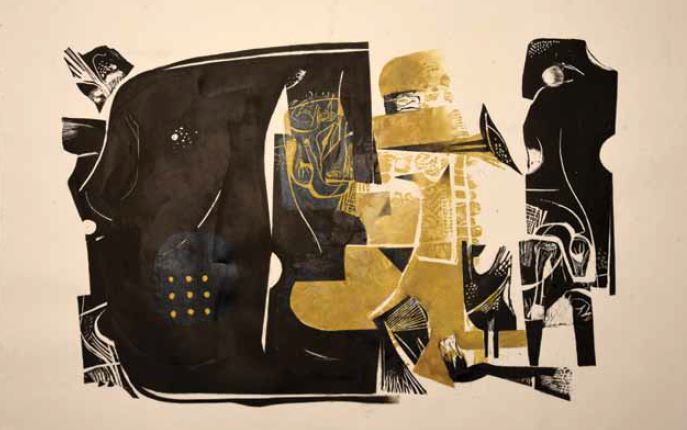
Hieronymus Bosch, a Dutch painter born in the late 15th century, is renowned for his enigmatic and surreal artworks that continue to captivate and perplex art enthusiasts to this day. His distinctive style, characterized by intricate details and fantastical imagery, has earned him a place among the most influential artists of the Northern Renaissance. In this article, we delve into Bosch’s unique artistic world, exploring the symbolism, themes, and enduring appeal of his paintings.
Bosch’s most famous work, “The Garden of Earthly Delights,” is a triptych that has puzzled viewers for centuries. The left panel depicts the Garden of Eden, a paradisiacal landscape with exotic animals and Adam and Eve. The central panel is a vivid and chaotic tableau of human indulgence, where naked figures engage in bizarre, sometimes grotesque, activities amid surreal, dreamlike landscapes. The right panel portrays the torments of Hell, where sinners face their gruesome punishments.
One of the enduring mysteries of this masterpiece is the interpretation of its central panel. Some believe it is a warning against the dangers of hedonism and sin, while others argue it represents the joy of life and human desires. Bosch’s deliberate ambiguity invites viewers to contemplate the fine line between pleasure and excess, a theme that resonates across centuries.
Bosch’s penchant for symbolism is evident throughout his oeuvre. His paintings are replete with cryptic creatures, bizarre hybrids, and enigmatic objects, all laden with hidden meanings. For instance, the owl, often associated with wisdom, can also symbolize folly in Bosch’s works. The egg, a symbol of creation, can also signify fragility and the potential for corruption.
Another iconic work by Bosch, “The Temptation of St. Anthony,” delves into the struggle between temptation and virtue. St. Anthony, a Christian hermit, faces a barrage of surreal temptations by demonic creatures. Bosch’s portrayal of these temptations reveals his deep fascination with the human psyche and the eternal battle between good and evil. The painting’s intricate details and nightmarish visions invite viewers to explore the inner workings of the mind.
Bosch’s influence on art and culture extends beyond his own time. His unique style and imaginative compositions have inspired countless artists, from Salvador Dalí to modern-day creators of fantasy and science fiction. His ability to convey complex ideas and emotions through visual storytelling is a testament to his artistic genius.
Despite the centuries that separate us from Bosch’s era, his paintings remain relevant and continue to provoke thought and discussion. In a world increasingly inundated with visual stimuli, Bosch’s work reminds us of the power of art to transcend time and communicate profound truths about the human condition.
In conclusion, Hieronymus Bosch’s paintings are a testament to the enduring power of art to captivate, challenge, and inspire. His enigmatic works continue to fascinate viewers with their intricate symbolism, surreal imagery, and exploration of timeless themes. Whether pondering the mysteries of “The Garden of Earthly Delights” or the inner demons in “The Temptation of St. Anthony,” Bosch’s art invites us to journey into the depths of the human experience, where the boundaries between reality and imagination blur, and where the enigma of existence unfolds before our eyes.









 " >
" >
 " >
" >